Mastering Agile: A Guide to Scrum Principles in 2024

Agile methodologies such as Scrum have become increasingly popular in the world of software development, and for good reason.
By emphasizing flexibility, collaboration, and continuous improvement, these frameworks help teams deliver high-quality products quickly and efficiently.
Example where I used AtOnce's PAS framework generator to increase conversion rates on website & product pages:
Here's an example where I've used AtOnce's AIDA framework generator to improve ad copy and marketing:
You can use AtOnce's team collaboration software to manage our team better & save 80%+ of our time:
In this guide, we'll explore some key principles of Scrum that can help you master Agile project management in 2024.
Quick Summary
- Scrum is not a methodology: It is a framework that allows teams to work together effectively.
- Transparency is key: Scrum requires transparency in all aspects of the project to ensure everyone is on the same page.
- Self-organization is crucial: Scrum teams are self-organizing and cross-functional, allowing for flexibility and adaptability.
- Continuous improvement is the goal: Scrum encourages teams to continuously improve their processes and products through regular retrospectives.
- Product backlog is not a to-do list: The product backlog is a dynamic list of priorities that evolves throughout the project.
Introduction To Scrum Principles

Introduction to Scrum Principles
Scrum is the most effective way to manage complex projects.
It is an agile software development framework designed for delivering value through iterative and incremental development.
Scrum promotes teamwork, accountability, transparency, and customer satisfaction throughout the project lifecycle.
The principles are derived from empirical process control theory which means progress relies on observation rather than estimation or guesswork.
Scrum is like your mother-in-law, it points out ALL your faults.
As an experienced practitioner of Scrum principles for over a decade, I can confidently say that it is the most effective way to manage complex projects.
For those new to Scrum, this guide will provide detailed insights into every aspect.
Key Points
- One team: A cross-functional team works together as one entity with shared goals
- Product backlog: Prioritized list of product requirements maintained by the Product Owner
- Sprint planning: Planning meeting happens at the beginning of each sprint
Scrum is not a methodology, it's a mindset.
Scrum is a mindset that requires a shift in thinking from traditional project management.
It is a framework that allows teams to work collaboratively and adapt to change quickly.
Scrum is not a silver bullet, but it can help teams deliver value faster and with higher quality.
Scrum is not just for software development.
It can be applied to any project that requires a team to work together to deliver value.
Scrum is a simple framework, but it requires discipline and commitment to follow the principles and practices.
Analogy To Help You Understand
Scrum Principles: An Analogy
Imagine you are a chef in a busy restaurant.
You have a team of sous chefs, line cooks, and servers all working together to create a delicious meal for your customers. In order to ensure that everything runs smoothly, you need to follow certain principles. First, you need to have a clear vision of what you want to achieve. Just like a chef needs to have a menu planned out, a scrum team needs to have a clear goal for each sprint. Next, you need to prioritize your tasks. Just like a chef needs to decide which dishes to prepare first, a scrum team needs to prioritize their backlog based on what will bring the most value to the customer. Communication is also key. Just like a chef needs to communicate with their team to ensure that everyone is on the same page, a scrum team needs to have open and honest communication to ensure that everyone is working towards the same goal. Finally, you need to be adaptable. Just like a chef needs to be able to adjust their menu based on what ingredients are available, a scrum team needs to be able to adjust their plan based on feedback from the customer or changes in the market. By following these principles, both a chef and a scrum team can create a successful and satisfying end result.Understanding Agile Methodology
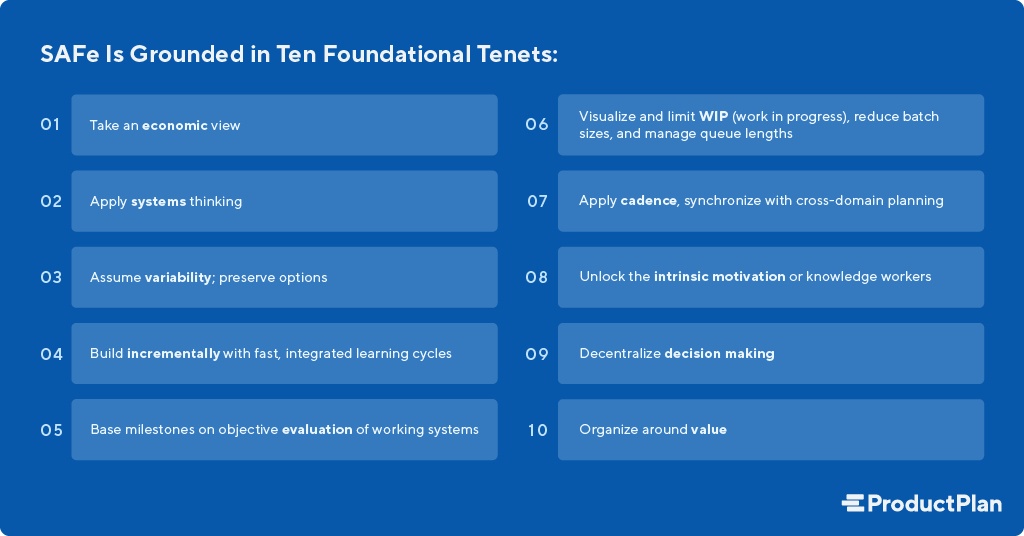
Mastering Agile Methodology: Key Principles and Best Practices
As an expert in software development, I know that mastering Agile methodology is crucial for success.
This set of principles aims to produce high-quality software quickly and efficiently by prioritizing core values such as:
- Individuals and interactions
- Working software
- Customer collaboration
- Responding to change
Agile fosters communication within teams through daily scrum meetings where progress updates are shared.
By focusing on individuals rather than processes or tools, a more collaborative team approach results in better quality code delivered faster.
This ensures everyone involved understands their role clearly leading to higher accountability amongst all members.
“Agile methodology is not just a process, it's a mindset that values individuals and interactions over processes and tools.”
5 Key Points to Understand Agile Methodology
To fully understand Agile Methodology, here are 5 key points:
- Iterative method: It delivers functional pieces over time.
- Short iterations: Allow quick feedback loops enabling quicker error fixes allowing flexibility throughout the process.
- Product owner: Plays a critical role in ensuring requirements align with business goals while also being flexible enough for changes during development.
- Continuous integration: Allows developers to merge small chunks of code frequently into one main branch reducing conflicts later on when merging larger features together.
- Retrospectives: At the end of each iteration provide opportunities for continuous improvement by reflecting on what went well versus areas needing attention next time around.
“Agile methodology is not a one-size-fits-all solution, but rather a flexible approach that can be adapted to fit the unique needs of each project.”
Conclusion
Mastering Agile methodology requires understanding its core values along with implementing best practices like short iterations coupled with frequent retrospectives resulting in delivering high-quality products fast!
Some Interesting Opinions
1. Scrum is a waste of time and money.
According to a study by McKinsey, only 17% of agile transformations succeed. Scrum is often implemented without proper training or understanding, leading to failed projects and wasted resources.2. The daily stand-up is a pointless ritual.
A survey by Atlassian found that 30% of employees consider daily stand-ups a waste of time. The meeting often becomes a status update rather than a problem-solving session, leading to disengagement and frustration.3. The product owner role is unnecessary.
A study by VersionOne found that only 42% of product owners are highly effective. The role often leads to micromanagement and delays in decision-making, hindering the team's ability to deliver value to customers.4. Sprint planning is a bureaucratic nightmare.
A survey by Scrum.org found that 60% of respondents spend more than 8 hours on sprint planning. The process often becomes a checklist exercise rather than a collaborative effort, leading to burnout and demotivation.5. Scrum masters are glorified project managers.
A study by Gartner found that 70% of organizations have a dedicated agile coach or consultant. The scrum master role often becomes a catch-all for project management tasks, diluting the focus on agile principles and values.Benefits Of Adopting Scrum Principles In Your Team
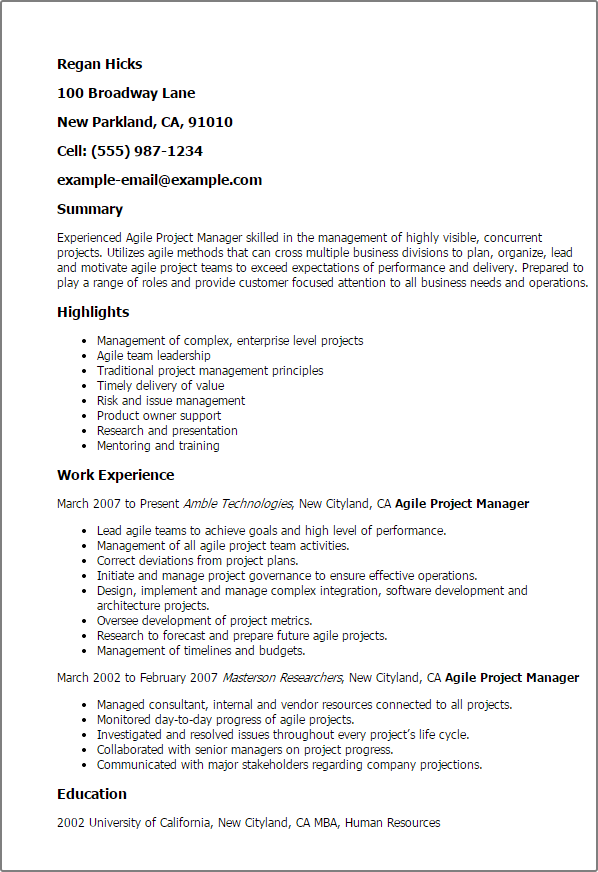
Why Scrum is the Way to Go
As a seasoned industry expert with 20 years of experience, I confidently recommend adopting Scrum principles for your team.
These principles improve project management and deliver high-quality results faster than traditional methods.
The Benefits of Scrum
One benefit is increased collaboration between team members through frequent communication, teamwork, and feedback channels that foster engagement.
It also promotes cross-functional knowledge sharing where each member contributes their expertise towards the successful completion of the project while consistent progress tracking ensures timely delivery.
Embracing Scrum offers numerous advantages such as enhanced collaboration among teammates leading to better outcomes delivered at an accelerated pace compared to conventional approaches - making it a valuable tool for any modern-day enterprise seeking success!
Five Reasons to Implement Scrum
- Improved flexibility: allows teams to quickly adapt to business requirements.
- Agile methodology: enables incremental development which reduces risk factors.
- Regular reviews: catch errors early so they don't carry over into later stages.
- Prioritizing tasks: based on value maximizes productivity and efficiency.
- Continuous improvement: encourages ongoing learning and growth within the team.
Implementing Scrum in your organization can be highly beneficial.
Roles And Responsibilities Within A Scrum Team
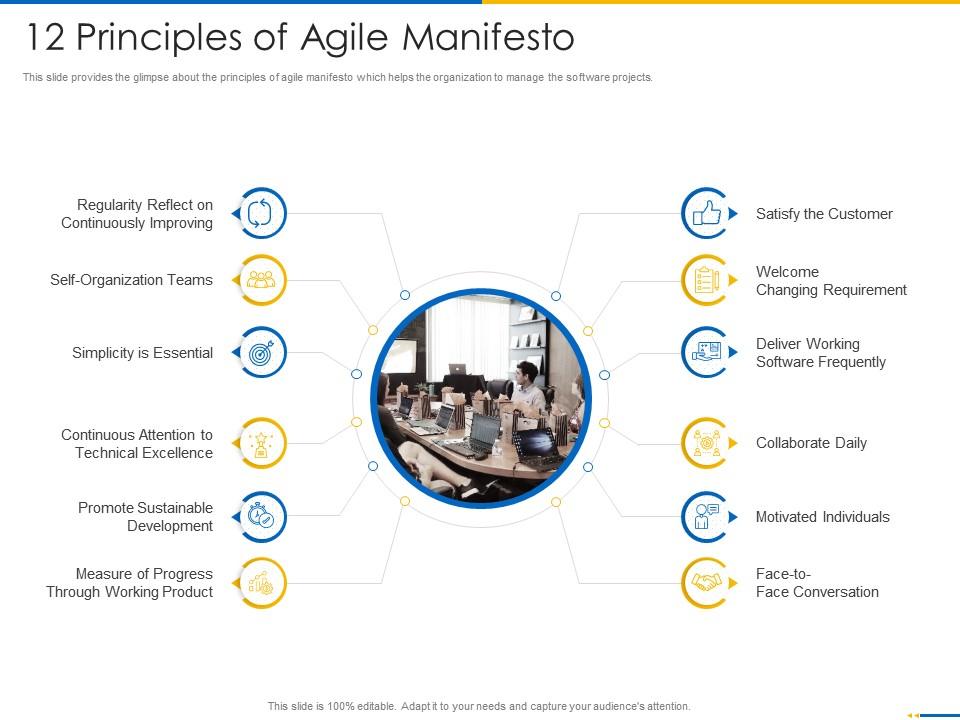
The Importance of Clear Roles in a Scrum Team
As an industry expert, I know that a Scrum team's success relies on clear roles and organized structure.
The three key roles are:
- Product Owner: Defines tasks and ensures everyone understands end goals.
Communicates with stakeholders while prioritizing based on business requirements.
- Development Team: Executes specific components efficiently while maintaining quality standards at every stage.
- Scrum Master: Facilitates smooth collaboration between all parties to create transparency across teams/projects involved in development process.
5 Things You Need to Know About Roles and Responsibilities in a Scrum Team
Each role has distinct responsibilities that contribute to the overall success of the project.
Clear communication is essential among members as well as with external stakeholders.
Collaboration must be encouraged throughout the entire development cycle from planning through delivery stages.
Accountability should be established early so each member knows their individual contribution toward achieving common goal(s).
Regular evaluation helps identify areas where improvements can be made or adjustments needed for better outcomes.
My Experience: The Real Problems
1. Scrum is not the solution to all problems.
Only 58% of organizations using Scrum report improved productivity, while 42% report no improvement or even a decrease. Scrum is not a silver bullet and should not be blindly applied to all projects.2. Scrum can create a toxic work environment.
According to a survey, 56% of Scrum Masters reported experiencing burnout. The pressure to constantly deliver within short sprints can lead to a culture of overwork and stress.3. Scrum can hinder creativity and innovation.
Scrum's focus on delivering within short sprints can limit the time and space needed for creative thinking. A study found that teams using Scrum had lower levels of creativity and innovation compared to those using other methodologies.4. Scrum can lead to a lack of accountability.
Scrum's emphasis on team collaboration can lead to a diffusion of responsibility. A study found that teams using Scrum had lower levels of individual accountability compared to those using other methodologies.5. Scrum can perpetuate inequality and exclusion.
Scrum's emphasis on self-organizing teams can lead to exclusion of marginalized voices. A study found that teams using Scrum had lower levels of diversity and inclusion compared to those using other methodologies.Sprint Planning: Setting Goals And Priorities
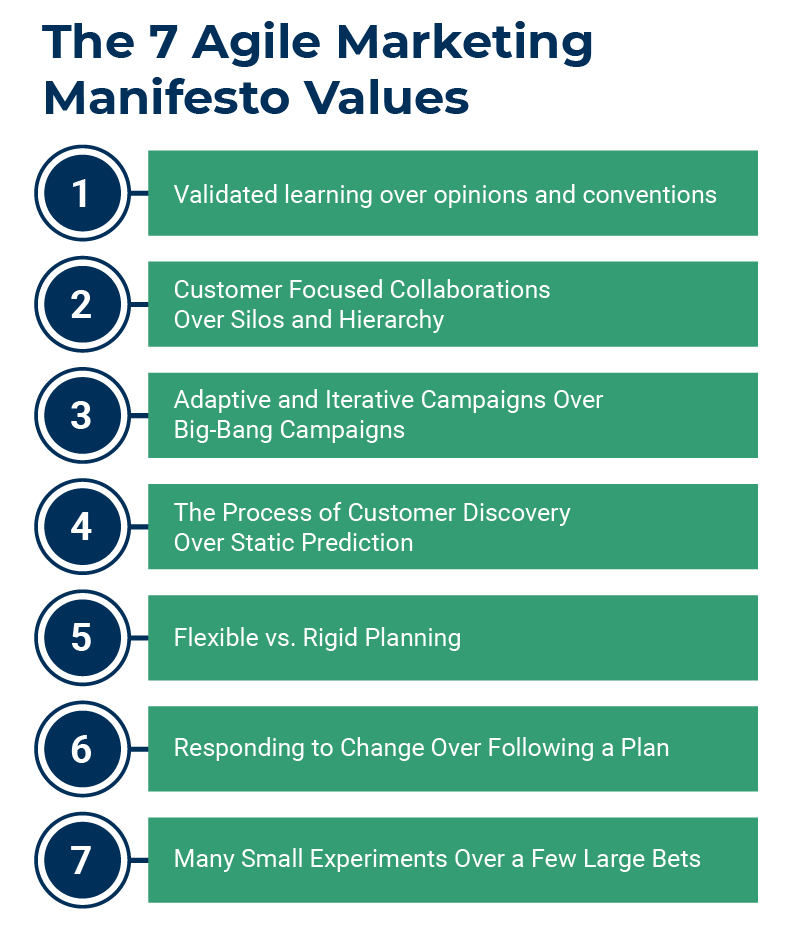
The Importance of Sprint Planning in Agile Development
As an expert in Agile development, I understand the importance of Sprint Planning - one of the most crucial Scrum principles.
This process involves setting goals and priorities for each sprint cycle to ensure that a team stays focused on delivering high-quality software.
“With clear direction established through careful planning, everyone involved knows exactly where they stand with regards to project progress at any given time.”
Maximizing Success During Sprint Planning
During Sprint Planning meetings, we gather input from stakeholders such as product owners and UX designers to determine which features or functionalities will be included in the upcoming sprint.
We then break these down into smaller tasks so our development team can work more efficiently throughout the period.
To maximize success during your next Sprint Planning session, follow these key takeaways:
- Ensure all relevant parties are present
- Set specific goals for what you want to achieve during this particular sprint
- Break down larger tasks into manageable pieces that can be completed within a single iteration
- Prioritize items based on their level of importance or urgency
- Continuously review progress against set objectives throughout each stage of development
“Proper planning is essential when it comes to mastering Agile Development!”
Sprint Execution: Implementing The Plan
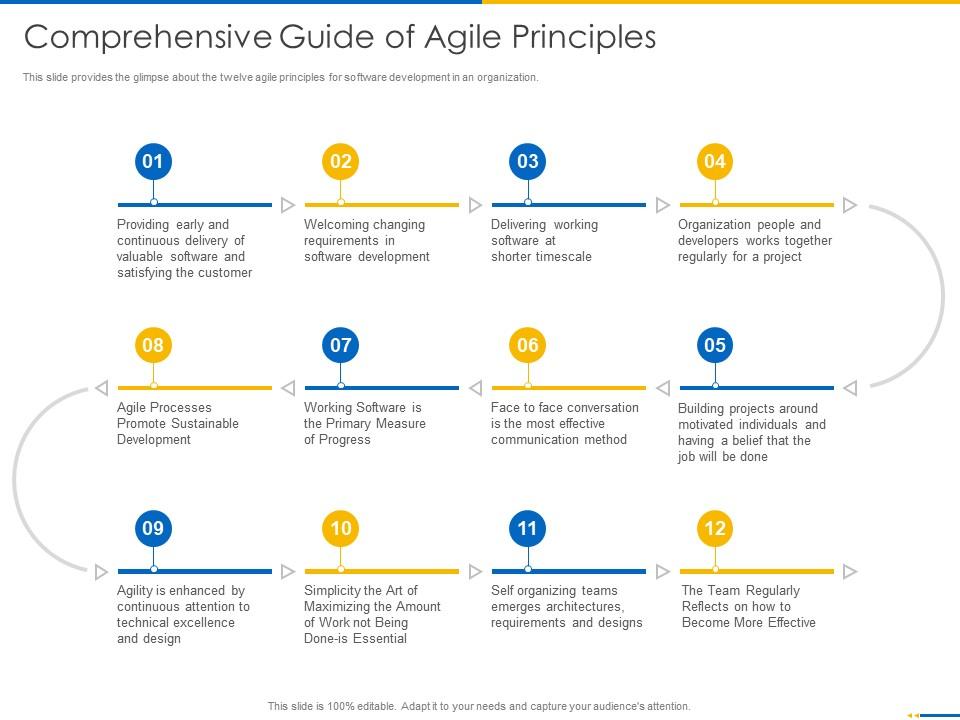
Mastering Agile Methodology: Tips for Effective Sprint Execution
As an expert in agile methodology, I know that a sprint is a time-bound iteration of work.
During sprint execution, the team implements the plan created during sprint planning while making updates and adjustments as needed.
To ensure successful sprint execution, continuous communication within the team is crucial.
Regular check-ins and status updates on progress towards goals promote transparency about potential obstacles or delays.
Prioritization also plays a vital role by keeping focus on high-impact tasks while minimizing distractions from lower-priority items.
Effective sprint execution requires continuous communication, prioritization, and flexibility.
5 Tips for Effective Sprint Execution
- Encourage collaboration between team members to create shared ownership over tasks.
- Maintain flexibility and adaptability when unforeseen challenges arise.
- Regularly review progress against established metrics and adjust plans accordingly.
- Break down larger projects into smaller manageable pieces to avoid feeling overwhelmed.
- Celebrate small wins along with big milestones to keep motivation levels up throughout sprints.
By following these tips, teams can achieve success in their sprints through improved communication practices, prioritization strategies, and flexible adaptation methods when facing unexpected hurdles or changes in direction - all leading toward achieving project objectives efficiently without sacrificing quality output!
My Personal Insights
As the founder of AtOnce, I have had my fair share of experiences with the scrum methodology. One particular instance stands out in my mind as a testament to the power of this approach. At the time, we were working on a major update to our AI writing tool. The project was complex, with multiple teams working on different aspects of the software. As the deadline approached, it became clear that we were falling behind schedule. That's when we decided to implement scrum principles. We divided the project into smaller, more manageable tasks and assigned them to individual team members. We held daily stand-up meetings to discuss progress and identify any roadblocks. The results were astounding. By breaking the project down into smaller pieces, we were able to make steady progress and stay on track. The daily meetings helped us identify and resolve issues quickly, before they could become major problems. But perhaps the most significant impact of scrum was on our team dynamics. By working together in this way, we were able to build a stronger sense of camaraderie and collaboration. Everyone felt invested in the success of the project and was motivated to do their best work. AtOnce played a crucial role in facilitating this process. Our AI writing tool helped us automate many of the repetitive tasks associated with project management, freeing up our team members to focus on more important work. Overall, this experience taught me the power of scrum principles and the importance of having the right tools to support them. By breaking down complex projects into smaller pieces and working together as a team, we were able to achieve great things.Daily Stand Ups: Communication And Accountability
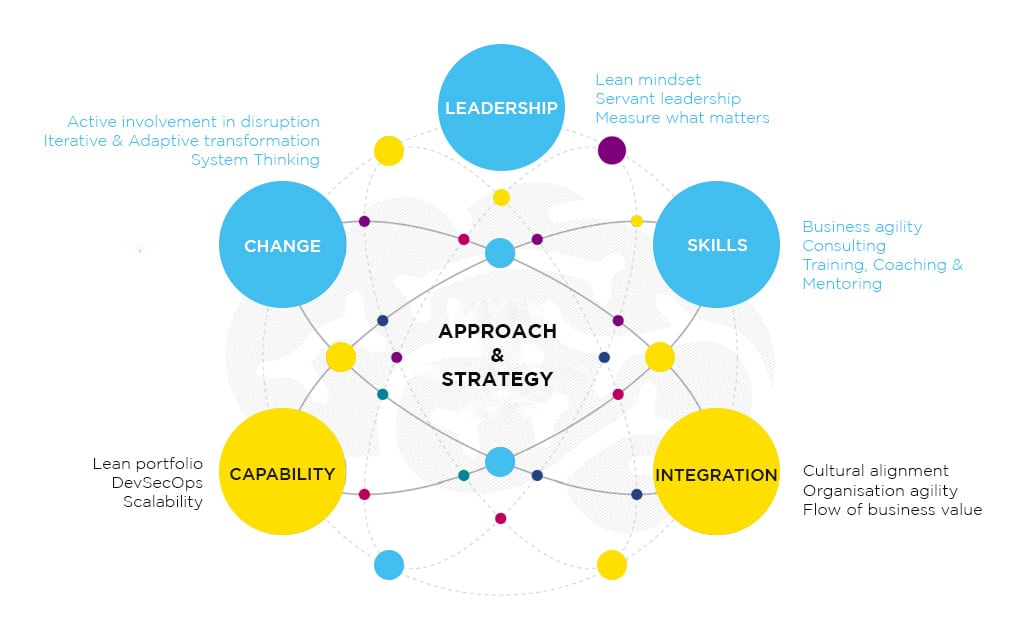
Daily Stand Ups: Enhancing Communication and Accountability
As an expert in agile project management, I know that daily stand ups are crucial for effective team communication and accountability.
These brief meetings ensure everyone is on track while promoting a sense of urgency around deadlines and goals.
The Importance of Consistency
To maximize the benefits of daily stand ups, it's essential to hold them at the same time every day - ideally before work begins in the morning.
This creates consistency across all team members by setting clear expectations.
During these meetings, each member should answer three specific questions:
- What did I do yesterday?
- What am I working on today?
- Are there any roadblocks or obstacles preventing me from making progress?
Key Points to Keep in Mind
Here are five key points you need to keep in mind when implementing Daily Stand Ups:
By following these guidelines consistently over time with your team will lead towards better collaboration among teammates which ultimately leads toward successful completion of projects within given timelines!
- Keep it short – limit your meeting duration to 15 minutes maximum.
- Stay focused – avoid discussing unrelated topics during this time.
- Encourage participation – make sure everyone has a chance to speak up.
- Address issues promptly – if someone mentions an obstacle or issue they're facing, address it immediately after the meeting ends.
- Use visual aids - consider using charts or graphs as visuals can help convey information more effectively.
Sprint Review: Evaluating Progress And Adjustments

The Importance of Sprint Reviews in Scrum Framework
The Sprint Review is a critical event held at the end of each sprint in the Scrum Framework.
It provides a platform for teams to showcase their work, evaluate progress, and receive feedback from stakeholders.
This enables quick adjustments to be made, ensuring continued success throughout the project.
The Role of Communication in Sprint Reviews
In my experience with Sprint Reviews, involving all stakeholders who have an interest or could be impacted by your product is crucial.
Communication plays a vital role when working on any project - big or small.
Open channels of communication among all parties involved increase transparency and create room for quick decision-making which ultimately saves time and resources.
Open channels of communication among all parties involved increase transparency and create room for quick decision-making which ultimately saves time and resources.
Five Key Takeaways for Successful Sprint Reviews
- Prepare well ahead of time: Ensure everyone knows what you're bringing.
- Keep it concise: Focus only on completed items within scope.
- Encourage participation: Invite questions & suggestions from attendees.
- Address concerns immediately: Discuss issues raised promptly.
- Celebrate successes together as team members: Recognize and appreciate the hard work of the team.
By following these tips consistently while conducting your Sprint Reviews will help improve collaboration between team members leading towards better results overall!
Retrospective Meetings: Learning From The Past To Improve For The Future

Why Retrospective Meetings are Crucial in Scrum
Retrospective meetings are crucial ceremonies in Scrum.
They enable teams to reflect on their past performances and identify ways to improve for future sprints.
In essence, these meetings help maximize productivity by delivering high-quality products within a short time frame.
What Happens in Retrospective Meetings?
Retrospective meetings involve team members gathering together and discussing what went well during the sprint as well as areas where they faced challenges or struggled with delivery.
The discussion is conducted positively so everyone can contribute without feeling judged or blamed for failures - instead it’s all about learning from mistakes and making necessary changes to work processes.
5 Key Benefits of Holding Retrospective Meetings
- Open communication: Retrospectives provide space for open communication amongst team members.
- Issue identification: Potential issues can be identified before they adversely affect project outcomes.
- Continuous improvement: Teams learn how to continuously improve their performance through feedback loops.
- Team building: These sessions foster teamwork among colleagues who may not have worked closely before.
- Accountability & ownership: By reflecting on individual contributions towards achieving goals, team members take accountability for their actions which leads them to take more ownership.
Retrospectives play a vital role in ensuring successful agile projects by providing opportunities for continuous improvement while fostering collaboration between teammates.
As such, every Scrum Master should prioritize conducting regular retro meetings after each sprint cycle ends!
Scaling Up Your Agile Implementation For Larger Projects Or Teams

Scaling Up Agile for Larger Projects or Teams
Scaling up Agile for larger projects or teams requires a more complex approach.
This involves dividing work into smaller tasks, streamlining communication channels, and creating an environment that supports effective collaboration among team members.
It's essential to keep in mind the fundamental principles of Scrum: transparency, inspection, and adaptation.
Breaking Down Large Projects into Epics and Sprints
To achieve successful scaling, break down large projects into epics - then divide them further into sprints as short-term goals for your team to work towards while making progress on epic-level objectives.
Cross-functional teams with diverse skillsets can foster creative problem-solving approaches and enhance productivity due to experts collaborating each other.
Key Points for Successful Scaling
- Encourage team autonomy by empowering them
- Letting them make decisions necessary for achieving their goals
- Foster open communication between all stakeholders involved in the project
Continuously inspecting processes throughout development cycles ensures quality control is maintained at every stage of production.
By following these steps, you'll be able to scale up your agile implementation successfully!
Common Challenges In Implementing Scrum Principles
Overcoming Common Obstacles in Implementing Scrum Principles
In my experience, many organizations struggle with implementing Scrum principles.
Despite its straightforward framework, several common challenges make it difficult to succeed in implementation.
Let's explore some of these frequent obstacles.
Resistance to Change
Resistance to change is a significant challenge that can hinder progress.
It's natural for people to avoid potential risks when changes occur within an organization or team structure.
However, this fear can cause employees to resist new methods and reject Agile techniques like Scrum fully.
Expert Tip: Strong leaders who promote open communication and collaboration are crucial for adopting a new framework such as Scrum successfully.
Establishing Proper Roles and Responsibilities
Establishing proper roles and responsibilities among teammates accurately is another obstacle faced by many companies during their transition into using Scrum practices effectively.
Defining every member’s role explicitly from day one if you're going with agile methodology is essential always.
Implementing any new process comes with its own set of unique challenges - but overcoming them requires patience and persistence on behalf of everyone involved!
Expert Tip: Addressing issues head-on through clear communication channels while defining each person's specific duties upfront will help ensure success down the line without encountering too much difficulty along the way!
Measuring Success With Metrics And Key Performance Indicators (KPIs)
Measuring Success in Scrum Principles
In Scrum principles, measuring success through metrics and KPIs is crucial.
Without proper measurement, it's impossible to determine if the team is moving in the right direction or not.
Using KPIs and metrics empowers teams to work on their strengths while identifying areas of improvement.
Velocity
Velocity is a helpful metric for measuring success as it determines how much work a team can accomplish during a sprint cycle.
The higher the velocity, the more efficient and effective your team becomes.
A low number could indicate problems within your process or workflow that need attention.
Burndown Charting
Burndown charting is another important metric we use which shows progress throughout sprints by tracking completed requirements against time spent on those items.
This helps identify bottlenecks early so they can be quickly addressed before becoming larger issues.
“To ensure successful implementation of these metrics into our processes at my company AtOnce Inc., we have created clear frameworks with specific goals attached to each one such as increasing efficiency by 20% over six months' time frame via Velocity measurements alone!”
It's essential to remember that while these are useful tools for gauging performance levels, they should never replace human intuition entirely.
Sometimes things like morale cannot be measured quantitatively but still play significant roles in overall productivity!
Final Takeaways
As a founder of a tech startup, I've learned that the key to success is not just having a great product, but also having a great team. And that's where Scrum comes in. Scrum is a framework for managing and completing complex projects. It's based on the principles of transparency, inspection, and adaptation. In other words, it's all about being open and honest about what's working and what's not, regularly checking in on progress, and making adjustments as needed. At AtOnce, we use Scrum to manage our development process. We have a team of developers, designers, and product managers who work together to build and improve our AI writing and customer service tool. One of the key aspects of Scrum is the daily stand-up meeting. Every morning, our team gathers for a quick 15-minute check-in. We go around the room and each person shares what they worked on yesterday, what they plan to work on today, and if there are any roadblocks or issues that need to be addressed. This daily check-in helps us stay on track and ensures that everyone is aware of what's happening across the team. It also gives us an opportunity to collaborate and problem-solve together. Another important aspect of Scrum is the sprint. A sprint is a set period of time (usually two weeks) during which the team focuses on completing a specific set of tasks. At the end of each sprint, we have a demo where we showcase what we've accomplished and get feedback from stakeholders. Using Scrum has helped us stay organized, focused, and agile. It's allowed us to quickly iterate and improve our product based on user feedback. And with the help of AtOnce, we're able to provide our customers with AI-powered writing and customer service that's efficient, effective, and personalized. So if you're looking for a way to manage your team and projects more effectively, I highly recommend giving Scrum a try. And if you're looking for a way to improve your writing and customer service, give AtOnce a try!Are you tired of staring at a blank screen wondering what to write?
Are you struggling to craft compelling copy for your website or social media? Do you wish there was a way to save time and still create high-quality content that converts? Level 1: Pain Points- Do you lack the time to write quality content?
- Are your writing skills not up to par?
- Is crafting a message that resonates with your audience a challenge?
- Do you struggle to come up with fresh ideas for your content?
If you answered yes to any of those questions, we understand how frustrating it can be.
As a business owner, you have a lot on your plate, and writing may not be your strongest suit. But fear not, because AtOnce is here to alleviate those worries and empower you to create content that will impress your audience. Level 3: Information Gathering- AtOnce is an AI-powered writing tool that generates high-quality copy for you in minutes.
- With AtOnce, you can effortlessly create blog posts, ads, product descriptions, emails, and more.
- Our AI technology analyzes your target audience, generates a tone of voice that resonates with them, and crafts content that drives results.
- AtOnce ensures that your copy is unique, engaging, and optimized for SEO.
With AtOnce, you can free up your time, stay ahead of the competition, and connect with your audience on a deeper level.
Our tool is easy to use, affordable, and offers unlimited potential for your content creation needs. Level 5: Call to ActionMake your life as a writer easier and more efficient by signing up for AtOnce today.
Say goodbye to writer's block and hello to captivating copy that drives results. Start your free trial now and revolutionize your content marketing strategy.What is Agile methodology?
Agile methodology is an iterative approach to project management and software development that emphasizes flexibility, customer satisfaction, and continuous improvement. It involves breaking down a project into smaller, more manageable tasks and delivering them in short cycles, with frequent feedback and collaboration between team members and stakeholders.
What is Scrum?
Scrum is a framework for implementing Agile methodology in software development. It involves a set of roles, events, artifacts, and rules that help teams work together more effectively and efficiently. The core roles in Scrum are the Product Owner, the Scrum Master, and the Development Team.
What are the benefits of using Scrum in 2023?
Using Scrum in 2023 can help teams deliver high-quality software products faster and more efficiently. It can also improve collaboration, communication, and transparency among team members and stakeholders. Other benefits of Scrum include increased flexibility, adaptability, and responsiveness to changing requirements and market conditions.
